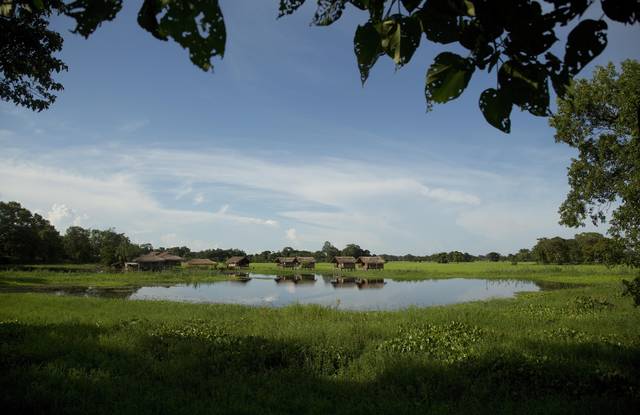MAJULI, India — Their shores are protected by an embankment of sandbags and concrete barriers, but the residents of Majuli, a river island in India’s northeastern Assam state, are struggling to survive in a place that has been rapidly diminished by flooding and erosion.
MAJULI, India — Their shores are protected by an embankment of sandbags and concrete barriers, but the residents of Majuli, a river island in India’s northeastern Assam state, are struggling to survive in a place that has been rapidly diminished by flooding and erosion.
Every year the monsoon floods the 201-square-mile island on the alluvial flood plains of the Brahmaputra, one of the largest rivers in Asia. In addition to fishing and boat-making, residents raise crops and cattle on the silty soil, relying on ferries to reach the nearest market for their goods, the small city of Jorhat.
The river laps at small huts and docks elevated with bamboo stilts. Formed by the convergence of the Brahmaputra and some of its anabranches, some experts have estimated that Majuli, the center of Assam’s neo-Vaishnavism, one of the major traditions of Hinduism, will be submerged by 2030.
Over a century, Majuli has lost nearly a third of its land mass, according to India’s Ministry of Water Resources.


